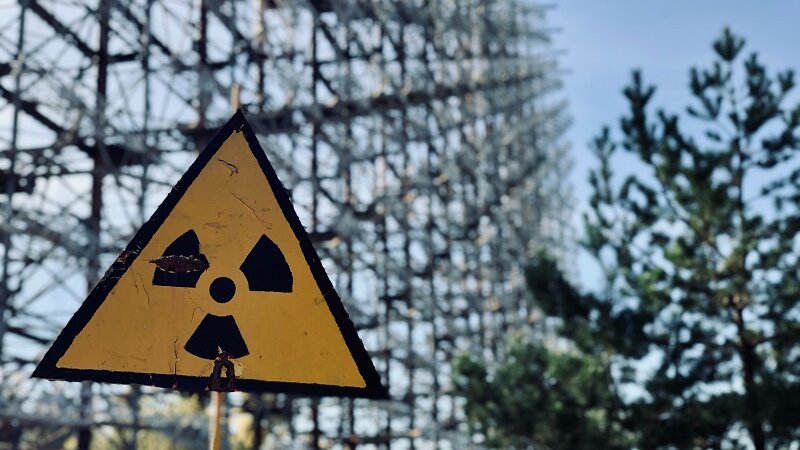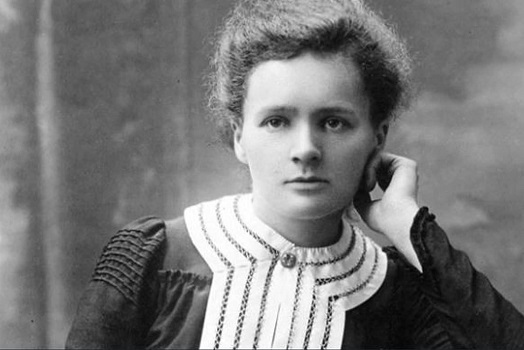Marie Curie
Episode #3 of the course Ten significant women in science by James Wareing
Marie Curie (born Marie Sklodowska) was a Polish-born scientist, who undertook pioneering work on radiation. Born in Warsaw in 1867, she moved to Paris to study where she met Pierre Curie, who would become her husband. She became the first woman ever to receive a Ph.D. in France, the beginning of a career of firsts and groundbreaking scientific achievements.
What Did She Do?
Marie and her husband worked together investigating radioactivity, developing a method to isolate the elements, radium, and polonium. The discovery and the way it challenged the foundational principles of chemistry gave rise to techniques that would eventually lead to the discovery of the atom. The impact of this work also had wider societal significance as it led to the development of x-ray machines and the realization of the potential for radium to attack cancer cells. This research was in a large way indebted to the humility of the Curie’s who did not apply for a patent for their discoveries. This could have brought them a lot of money, especially given the ensuing commercial success of radium in the USA, but it instead allowed the scientific community greater access to it for further research.
What makes their discoveries all the more staggering is their working conditions. Naturally, they were not blessed with the expensive well-equipped laboratories of today, but their laboratory was not even fitting by contemporary standards. The German chemist, Wilhelm Ostwald, described it as “a cross between a stable and a potato shed.”
Her husband’s life was tragically ended in 1906 after been struck by a carriage, but Marie nevertheless continued their work, while also taking up his teaching positions. Indeed, in the process, she became the first woman to teach at the Sorbonne (one of the oldest and most prestigious universities in Europe).
Her work may have been interrupted by the First World War but her desire to make a difference was not. She drove ambulances with mobile x-ray machines that she had invented behind the battlefields to treat wounded soldiers and train medics. In recognition of her bravery and impact on the war, the France government wanted to give her the highest societal honor they could bestow, la Légion d’honneur. She declared that she did not see the point as, in science, she was interested in things, not people. Indeed, that attitude is reflected in one of her most famous quotes: “Be less curious about people and more curious about ideas.”
Legacy and Challenges Faced as a Woman
Marie died in 1934 from aplastic anemia, most likely caused by her exposure to radiation through much of her work. The debilitating effects of radiation on your health were not known at the time, and Marie was regularly exposed to it, even keeping a tube of radium next to her bed as she slept as a light.
The element “curium” is named after Marie and her husband, Pierre, in recognition of their contributions to radiation. She is distinguished not just as the first woman to win the Nobel prize but also as the only person to ever win the Nobel Prize in both physics and chemistry. However, she nearly did not receive the first prize for physics. Indicative of the challenges facing female scientists at the time in gaining due recognition, her name was not put forward at first alongside her husband for the work they had done together. Fortunately, Pierre was forewarned of this omission and ensured that Marie would get equal recognition. In 1995 her ashes were enshrined in the Pantheon in Paris, making her the first woman to have been placed there on merit.
In our next lesson, we shall learn about Maria Goeppert Meyer and how she became one of the most significant scientists of the 20th Century.
Recommended book
Madame Curie: A Biography by Eve Curie
Share with friends


